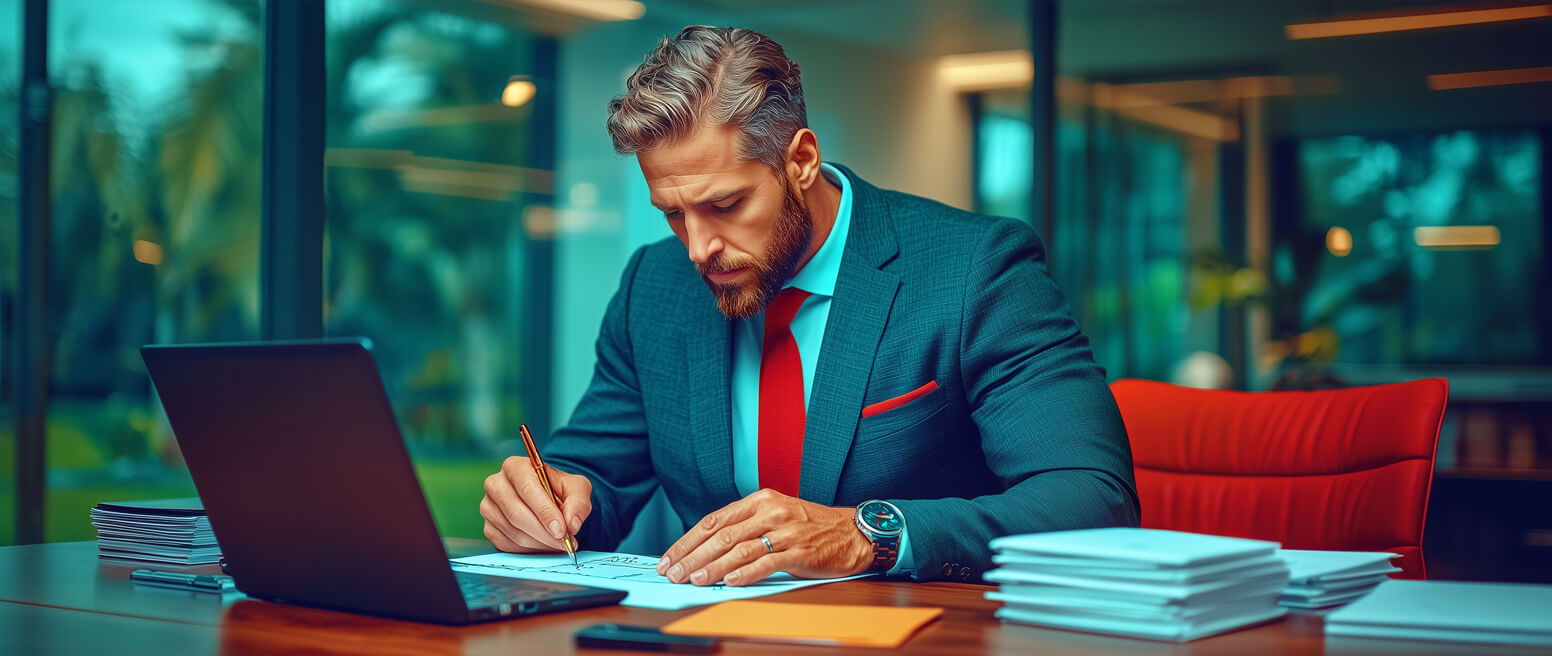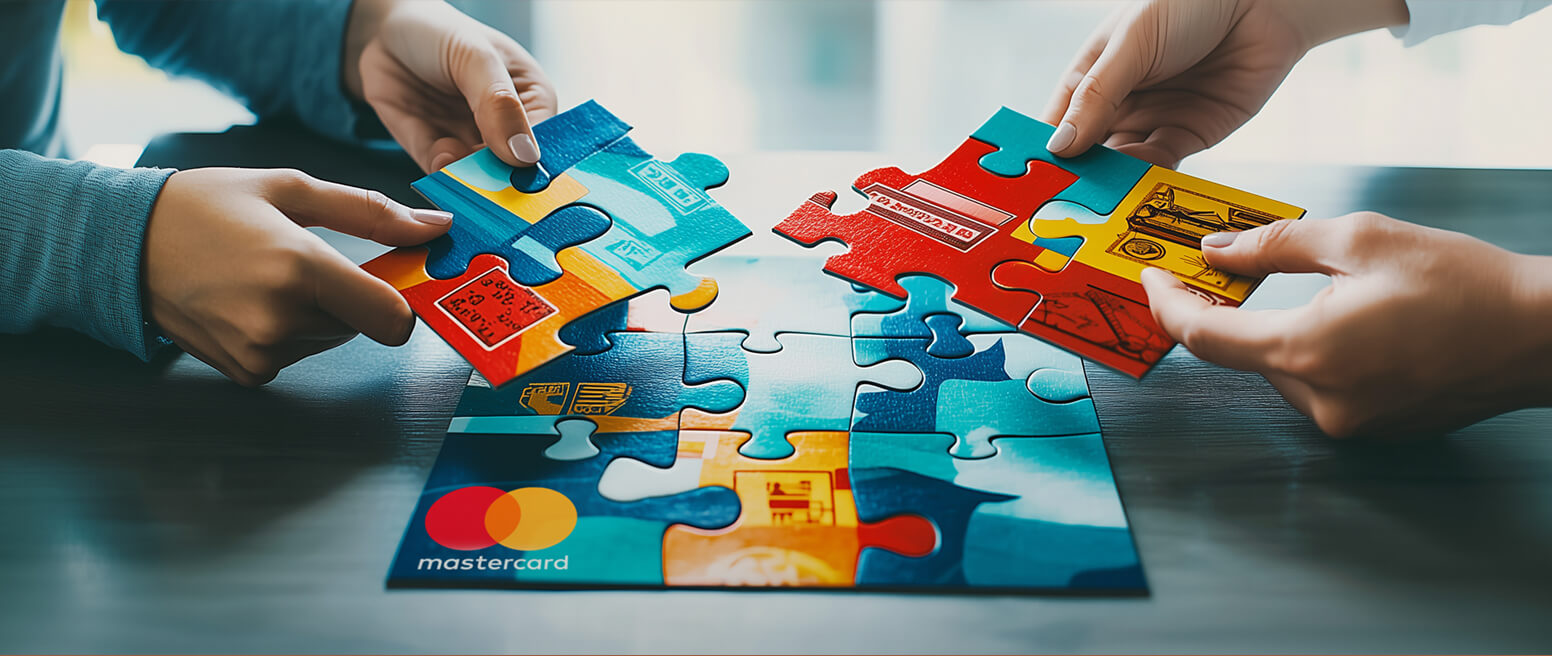4 Easy Steps to Win Your Next Chargeback Response
Let’s face it: chargebacks aren’t going anywhere. As consumers make more large-scale purchases like automobiles, appliances, and furniture online, chargeback rates will only continue to rise.
This is a serious problem. The cost of the average chargeback is more than three times the initial transaction price. So, how can you effectively navigate this shifting landscape and manage chargebacks without breaking the bank? How can you put together a solid chargeback response that will help recoup your revenue?
In this article, we’ll walk you through a step-by-step approach to a successful chargeback response. We’ll provide the information you need to include, along with some tips to help you save time and recover more money.
Recommended reading
- The Pre-Arbitration Chargeback Process: Explained
- Chargeback Reversal: 8 Simple Steps to Get Your Money Back
- Chargeback Rebuttal Letters: Templates & Tips for Responses
- Mastercard Chargeback Arbitration: What You Should Know
- Arbitration Chargeback: The Last Step in the Dispute Process
- Second Presentment: The Key to Chargeback Recovery
What is a Chargeback Response?
- Chargeback Response
A chargeback response is the process through which a merchant attempts to fight and overturn a chargeback. Also known as “chargeback representment,” as the merchant literally “re-presents” the transaction to the issuing bank for consideration.
[noun]/chahrj • bak • rə • späns/A chargeback response is called for when the details of a dispute don’t match transaction records. For example, if a cardholder claims they did not authorize a purchase, but you have proof that they did, then you should submit a chargeback response.
Understanding the chargeback process is key to your success. Once the bank is in possession of your representment package or the chargeback response forms…that’s it. Whether you win or lose is up to them.
Inaccurate or erroneous disputes might be easy to spot from your perspective. To the bank, though, it may not be so obvious. Additionally, issuing banks are not keen to tell their cardholders that they can’t have their money back after that person claims to be the victim of fraud or abuse.
Thus, the best shot you have to win your dispute is to provide as thorough a response as possible. You need to curate the details of your claim very carefully and be sure you don’t overlook anything.
Preparing for a Chargeback Response
In your chargeback response, the power of your argument will hinge almost entirely on the evidence you can provide and the way in which you provide it. Issuing banks receive thousands of chargeback representment packages every month. The swiftest way to ensure that you’re preparing a response that won’t be discarded is to be as thorough as possible but keep it brief and to the point.
Here are some tips to keep in mind before you get started:
What to Include in Your Chargeback Response?
When crafting your chargeback response, it is crucial to present a comprehensive and compelling argument to support your case. You need to including several key documents, outlined as follows:
- Include a copy of your terms and conditions to demonstrate that the customer was fully informed about expectations and policies from the start. This should cover relevant terms like policies on returns, cancellations, and refunds.
- In instances where a chargeback is filed under the pretense that the merchandise or services were not received (notably, if the reason code is 13.1), counter this claim with tangible proof of delivery to the customer.
- A well-crafted cover letter is pivotal. It offers a summary of your case and points to all the supporting documents and evidence you will present in your response. We’ll get into more details on this response letter below.
- Include critical details like receipts, purchase orders, or invoices. Additionally, provide evidence that underscores your security measures, such as AVS or 3-D Secure responses, to further validate the transaction's legitimacy.
- Incorporate specifics from the order, including shipping information noted by the cardholder at the point of sale. If the transaction involves digital goods, include logs and timestamps proving the customer accessed the goods.
- Demonstrating attempts to resolve any customer complaints or issues can significantly strengthen your case. Include evidence such as screenshots, emails, or phone transcripts, to illustrate your customer service efforts.
- Depending on the claim, you may want to include screenshots from your website. This may include images of product pages with descriptions and images, payment and checkout pages, and the order confirmation page.
Always refer to the specific chargeback reason code mentioned in your chargeback notification. This code is essential for addressing the issue directly.

When prepping a chargeback response form, evidence is the name of the game. Here are some additional examples of evidence you might include in your response:
- Authorization codes to prove the purchase was legitimate (with time stamps)
- Biometric data (if available)
- Fulfillment, tracking, and shipment confirmation details
- Any signed contracts or other documents shared between the parties
Four Steps to Submit a Chargeback Response
After compiling your evidence according to the provided reason code, it’s time to organize your response for submission.
Pay close attention to how you arrange your file. The documents you submit are essentially telling a story that you want to relay to the bank. You want to ensure that it’s easy to read, on topic, and easy to understand.
These four steps can drastically improve your chances of winning your claim:
1. Consult the Reason Code
Once upon a time, your chargeback response package would start with the Chargeback Debit Advice Letter. The instructions laid out in this letter can now be found in the chargeback reason code mentioned above. This is an alphanumerical code that describes the reason a chargeback was filed against you and will be required in your response.
Pro Tip
Keep in mind that the chargeback reason code isn’t foolproof, and it may not accurately describe your situation. That said, even if you decide to fight back, you will need to prepare your defense based on the reason code you are assigned.
2. Gather the Evidence
Here is where you will provide the information related to the transaction, from verification codes to photo documentation. Walk the bank through the purchase from the initial login through card authorization, then relay any shipping and delivery confirmation you might have. If your evidence is complete, these details should tell the story of the faulty transaction on their own.
Pro Tip
Having a plan beforehand can help you remain on track without bogging the bank down with irrelevant details that could distract from your argument. A good rule of thumb is to follow the transaction from login to delivery and include only relevant information.
3. Draft the Rebuttal Letter
In your chargeback response letter, you will explain the cardholder’s buying process and your shop’s policies or terms and conditions as they relate to the transaction being disputed. If the cardholder is in error or the reason code the bank provided is not factual, you will explain that discrepancy in your rebuttal letter. Again, use a professional tone, and get to the point without extraneous detail. We cannot stress enough the importance of keeping your response as brief as possible.
Pro Tip
Remember the who, what, when, and why’ of the transaction, and lay your rebuttal out in exactly the same format. Never use flowery or incendiary language. Tell the bank what happened, when it happened, and why the cardholder is in error. Simple and sweet.
4. Review & Submit Your Response
Review your information and check for any last-minute details. You can include customer service notes, previous transactions with the cardholder, or anything else that might further clarify the situation for the bank. Remember, the issuing bank is not eager to tell a cardholder they are not getting their money back. It’s up to you to prove your case. Then, finally, you’re ready to submit your chargeback response to your acquirer, who will then review the documents and forward them along to the issuer.
Pro Tip
Each bank and card network has its own submission requirements. Some want information transmitted via email, while others expect you to mail a physical copy. Some even insist on fax as their preferred method. Be sure you get the packet to your acquirer through the proper channel before the allotted time frame runs out.
These four steps will help you prepare a comprehensive, to-the-point chargeback response that can win your case.
It’s important to understand that not every representment package you submit to the bank will be a winner. This is true even if you follow the rules closely. You have to remember, though: for every friendly fraud case to which you don’t respond, you’re guaranteed to lose.
Learning when to fight and when not to fight is very important. On that note, let’s discuss what you shouldn’t include in your chargeback response.
Chargeback Response Example
Writing a chargeback response letter can seem like a daunting task. Remember, though, that simplicity is key.
You’re basically just informing the bank of the validity of the transaction and providing records to support your claim. Your chargeback response doesn’t need to be a beat-for-beat explanation or a hard-line defense of your situation. Keep it short and sweet, and let your evidence speak for itself.
So, what does a winning chargeback response look like? Here’s an example:
Download this sample Chargeback Rebuttal LetterAlso, remember to keep your opinions and feelings out of this letter, and stick to the facts of your case. The bank is only interested in seeing dates, timestamps, receipts, and other information that would disprove their client’s claim. Anything else will be overlooked, or may even damage your case.
Chargeback Response Mistakes to Avoid
You should fight legitimate chargebacks as often as possible. However, you need to be aware of some finer points. Not every case is worth the effort, and knowing the difference can save you time and money.
DON'T:
- Ignore Deadlines: Banks don’t provide extensions or exceptions for disputes or responses and always set firm deadlines. A late submission is a guaranteed loss.
- Fight Legitimate Chargebacks: Not every chargeback is a four-alarm fire. Some are caused by non-malicious extenuating circumstances, and some are the cause of errors built into your practices. You shouldn’t ignore any chargeback, but you should choose your battles wisely with representment.
- Submit Incomplete Responses: If you don’t have all of the evidence you need, don’t send the bank anything at all. You’ll be wasting your time, as the issuer will toss incomplete representment packages away.
- Assume All Banks are the Same: Each institution has its own rules and procedures. You need to submit chargeback responses in the manner they outline, or they will simply reject your submission.
Have additional questions about chargeback responses? Or, are you in need of help managing your chargeback situation?
Chargebacks911® can help you prepare your chargeback response from start to finish. We have the industry’s best-proven record for end-to-end chargeback management and response.
FAQs
How do merchants respond to chargebacks?
When responding to a chargeback, merchants should compile all relevant documentation that supports the legitimacy of the original transaction. This includes proof of delivery, transaction receipts, customer communication, and any terms and conditions agreed to at the time of purchase. Clear, concise communication with the issuing bank is crucial, outlining the evidence that counters the chargeback claim. Merchants should also review the reason code associated with the chargeback to tailor the response accordingly, addressing the specific issues raised by the customer. Maintaining a systematic record of interactions and transactions can greatly help in disputing chargebacks successfully.
Is a chargeback a refund?
No. A chargeback is a formal dispute of a charge by a customer through their bank. Unlike a straightforward refund initiated by the merchant, a chargeback involves an investigation process, conducted by the bank, that can result in the reversal of the transaction. Merchants are typically charged a fee during this process, and it can potentially impact their relationship with payment processors and banks.
Should I accept a chargeback?
If you believe that a chargeback was filed without a valid reason, you should submit a chargeback response, rather than accepting the losses.
Responding to chargebacks is essential for merchants to safeguard their revenue and protect against fraudulent claims. By challenging unjustified chargebacks, merchants maintain a good standing with credit card processors and avoid potential hikes in processing fees. It also provides an opportunity to improve customer service and rectify any legitimate issues, fostering customer trust and retention.













